
Unmasking the Superhuman Freight Graffiti Writer
Posted by Robert Hendrick on Oct 20th 2022
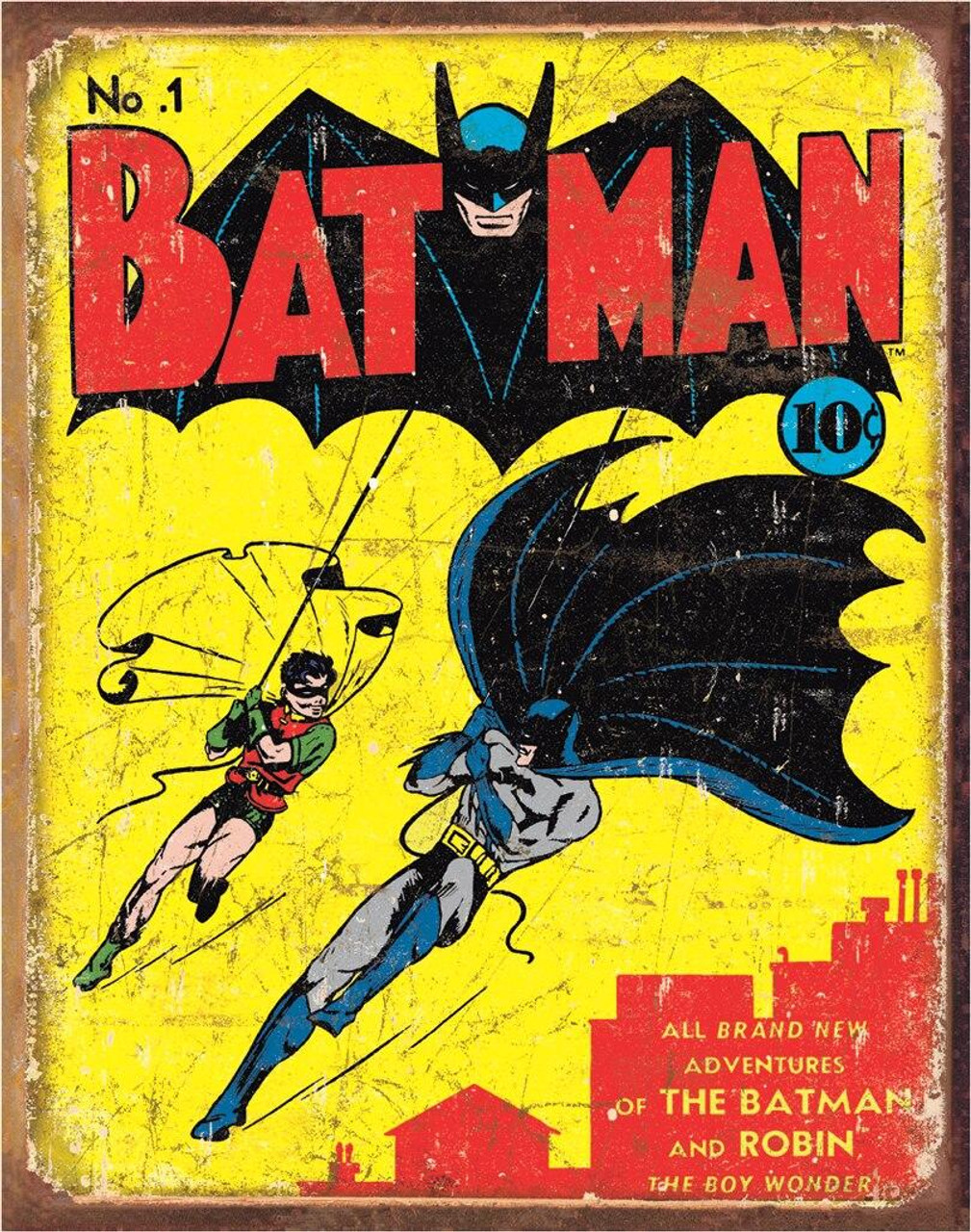
Superheroes (or Supervillains, if you will)
The deeds of freight graffiti writers verge on the realm of superhuman feats; the likes of which we find chronicled in the cheap pulp paper of comic book pages featuring superheroes and supervillains. These aerosol vandals don’t stop speeding trains or leap tall buildings, but they climb fences and they cover entire railcars from end to end, overnight, under cover of darkness in the industrial wastelands where only bad things could happen.
Yes, graffiti artists and superheroes (or supervillains, if you like), have a great deal in common.
Both have pseudonyms and alter egos.
Many have a symbol associated with them, like Batman or the Fantastic 4. Compare that with White Ninja and AWARE or Colossus of Roads.
Graffiti writers seem to have borrowed their letter style from the bold colorful pages of the comic books that chronicle the escapades of superheroes (and supervillains…sigh).
Just as the authorities view superheroes as the scourge of society, so do the railroad police and courts see graffiti writers as menacing outlaws to be pursued.
But superheroes have their kryptonite and other substances that weaken them, and so too do many graffiti writers.
But let’s strip away a bit of the mystique around these supervandals, and see what really lurks beneath these all too human heroes and villains.
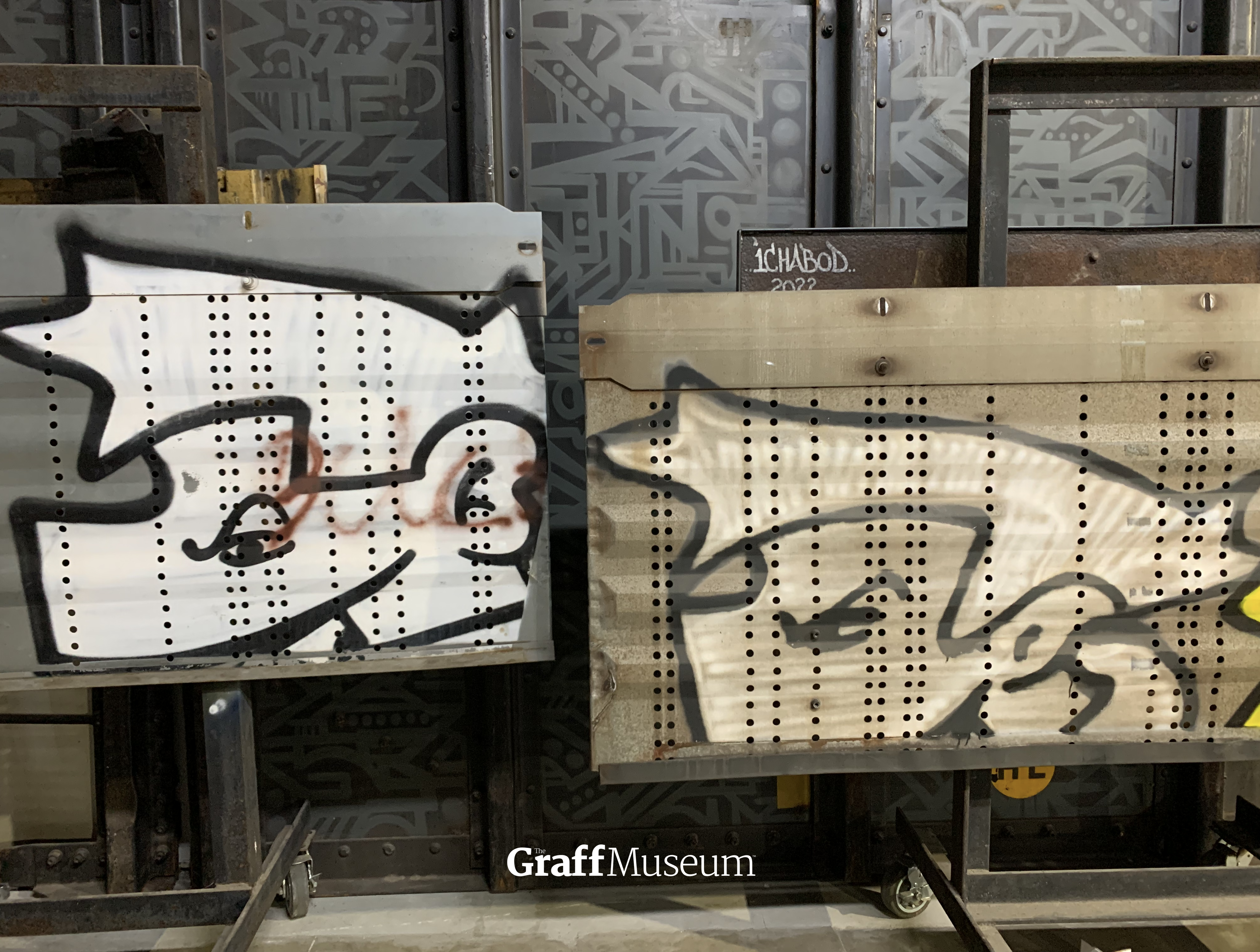
Who Are They
Clearly graff writers have extraordinary powers including:
- Night vision
- Levitation
- Invisibility
- Can Control (if you know, you know)
- And quite the artistic eye
Much of freight graffiti remains unremarkable – a simple name scrawled in a sometimes legible sometimes nonsensical moniker. The writing can be hard to decipher. Mostly, writers put up their name or sometimes the name of a friend. The message is typically simple – I was here. Spiderman has always been notorious for leaving a message written in the webs he leaves in his wake cluttering up the skyline view.
Some graff is elaborate – like a web and worthy of a museum. Some are crude like the collection of smashed cars left in the wake of The Incredible Hulk – far more destructive than a bit of aerosol paint on a rusted hulk of steel railcar if we may say so.
As we’re prone to say around here, the railroad curates the largest art museum in the world, and they don’t even know it.
The images are often crude or rude even, while others border on the fantastical, mimic cartoon characters or even evoke the style of the great European master painters found in fine museums around the world.
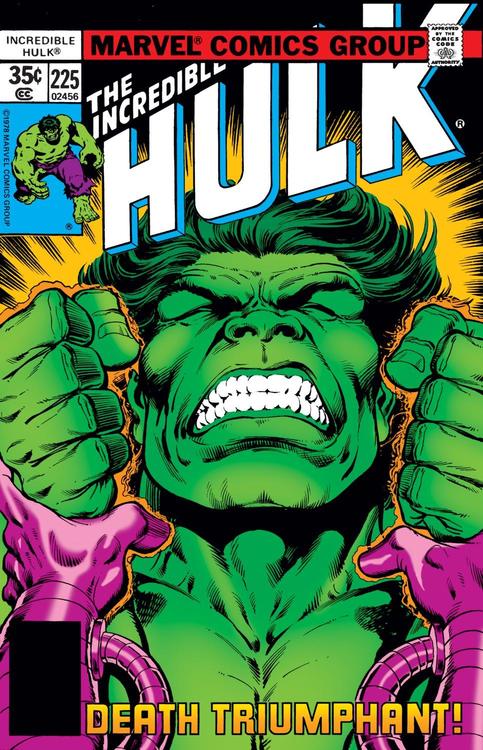
Age
Rest assured graff artists are all too human. Most tend to be in the 30-55 age range. There are younger (and older), but the majority of the more prolific tend to be in that original crowd. Most superheroes fit into that 30-ish and up range with a few younger ones making waves and showing that they can hang with the old dogs.
Graff artists largely grew up starting in the 1980s along with hip hop and some heavy metal heads just as comic books were beginning a golden age of acceptance.
While most fail to stick with it for too long, others make it a continuing outlet for their creative frustrations.
The crowd tends to be primarily, but not always from a blue-collar background. Many in the graff community have been marginalized by society, unable to fit in with traditional roles.
Profession
They could work as a reporter at the local newspaper like Clark Kent, but these artists make up a cross-section of the American workforce. Their alter-egos are employed as tattoo artists, graphic designers, and construction workers. But their ranks extend out into postal workers, technology, even the occasional doctor and a lawyer or two can be found among these aerosol vandals, and somewhere among them, there must be an evil scientist – just sayin’.
And also, railway workers – although that may surprise some in the railroad industry. Like a double agent, they play on both sides of the law. That fascination with trains begins early, and joining on with the railroad offers the opportunity to remain close at hand with something that they appreciate.
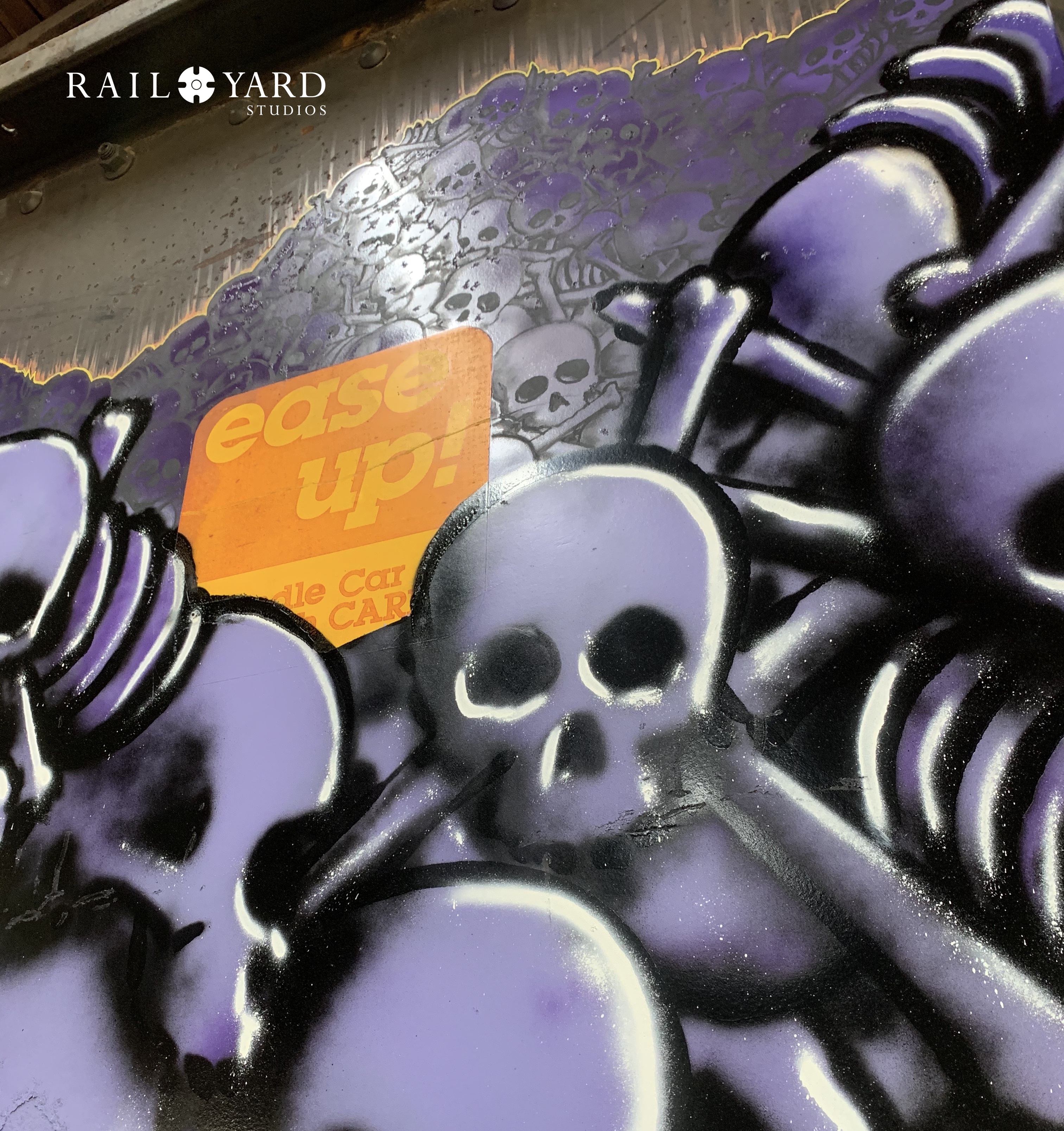
Addiction
Like a vampire, sunlight is the weakness of most every freight graffiti writer as they work their magic under cover of darkness.
Tragically, alcohol and drugs also tend to be their kryptonite.
The graffiti artist COUPE runs the Legends Thursday podcast which has interviewed well over 300 freight graffiti writers over the years. He puts the addiction and serious behavioral health issues figure at 50-70% of the community.
The constant stream of #RIP and noting of passing members of crews through social media outlets among the graff community further attests to the issues within this crowd.
Rail Yard Studios founder, Robert Hendrick, appeared as a guest on one of the Legends Thursday round tables with three other writers. Within 3 weeks of recording the episode one of the participants had died. It remains unclear how he died, but it was yet another forty-year-old death in a community where lives are being claimed long before their time.
The issue among the community is so severe, that around here we’ve taken to saying "think of it as a cry for help." How much louder can you scream for assistance than to write your name in brightly colored spray paint on the side of a 12-foot tall and 60-foot-wide hulking piece of steel and then send it off around the country, not once, but multiple, multiple times.
As we’ve begun to develop the Graff Museum, our goal is to bundle awareness and recovery resources with the museum.
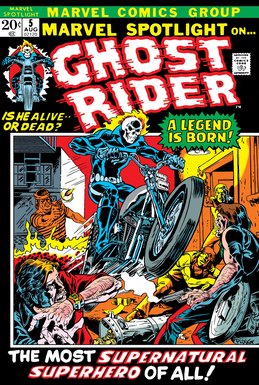
Why
Superheroes are drawn to danger. It’s simply in their DNA. They go where things are noisy (think BAM! POW! WHAP! And you know what we mean).
Precious little is as loud as a train yard when they’re switching. It takes some serious page covering interjections to capture a train yard on the pulp pages of a comic book.
Seems graff artists are drawn to the danger, just like superheroes.
The hazards involved in being around trains on a professional basis can be daunting, but as a member of the general public, it should be terrifying. Nevertheless, people paint these cars every day, but why?
Because it’s there.
That’s why people climb Everest. It’s why people scuba dive.
It’s an adrenaline high and an endorphin release.
Graffiti artists choose to blow off steam painting on trains, the same way someone else may choose to bicycle 100 miles or hike the Appalachian Trail – we know graff artists who have done both. They are just a secret alter-ego of the entire American landscape.
When
Any superhero will tell you nothing good happens after dark, and that’s when these vandals go to work. Most artists operate in the dead of night making the works they pull off all the more impressive.
They have little or no light. Often times, they stand atop an inverted 5-gallon bucket or ride on the shoulders of a buddy reaching the highest points they can from the gravel bed of the tracks. And that’s just the start of the challenges they face as they attempt to avoid the authorities and ply their illegal trade.
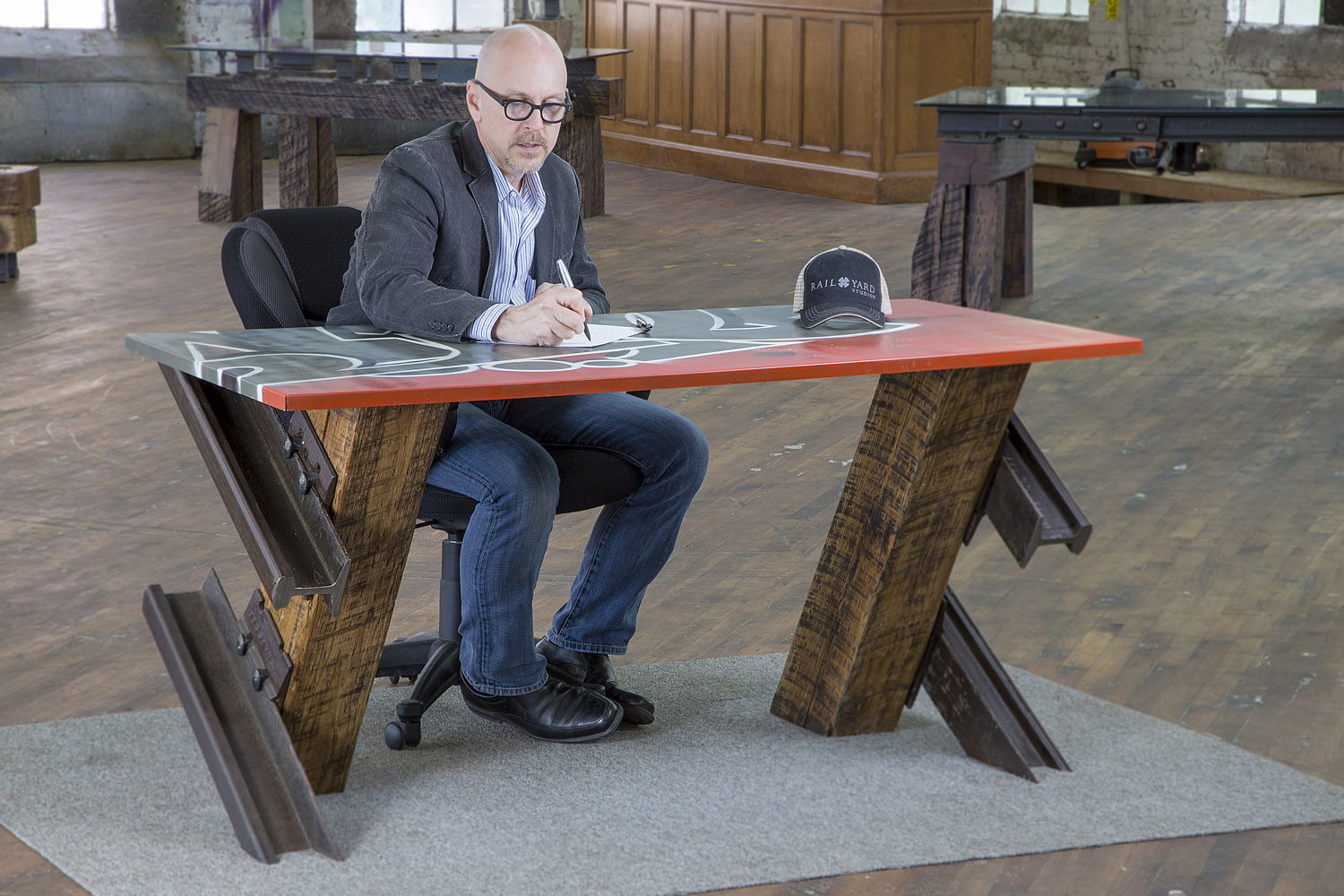
Where
Any railcar holds an appeal for graffiti writers. They prefer to work their art in private before it gets unveiled to the world as it rolls down the tracks. Unattended rail cars parked in yards or on relatively quiet sidings and spurs offer the most alluring spots, but they've even been known to hit commuter rail lines as they stop in a station.
It’s all about managing the risk of getting caught against the reward of the rusted steel canvas hulk.
However, certain cars are so coveted by graffiti artists that they are willing to take a higher risk to get them. Cars with flat seams offer a smooth surface and easier writing. Cars with top hats or ribbed sides present a greater challenge to the writer. It’s akin to the superhero fighting his foe in plain sight while everyone looks on, but they still don’t want to get caught. Both supervandals and superheroes run the risk of getting unmasked.
As many intermodal containers as ride the rails, it’s easy to see that the undulating sides are of little interest to the graffiti writer. The intermodal carriers are more likely to get painted than are the containers themselves. Now you know why.
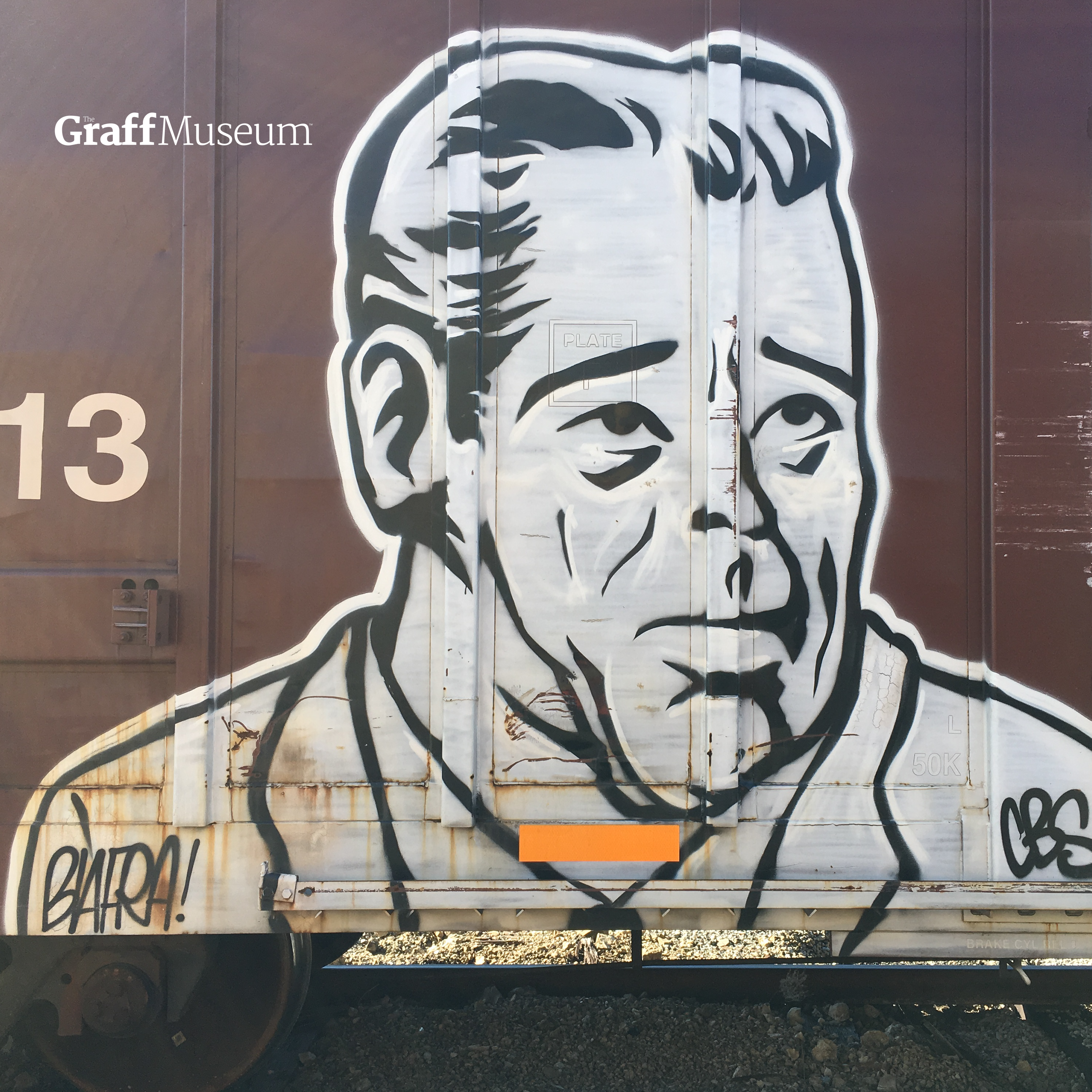
Big open spaces make for an easy opportunity to view the work as they go, but they also make for high-risk situations for being spotted and turned in to the authorities. Most freight writers are quite comfortable painting between two lines in an area separated by as little as a couple of feet of space. That short distance means they can also use the car on one line to climb higher up the side of the car to the more elusive real estate on the car.
The End
At the end of the day, graff writers are mere mortals. Substances may make them less powerful. Eventually their secret identity gets stripped away. All too often they wind up dead. The feats they accomplish go largely unappreciated, but to those who know, they’ve changed the world.
Graffiti artists set out to use their artistic powers and gifts to heal and beautify the ugliness of the industrial world while avoiding the authorities who would have the status quo remain as it is.

